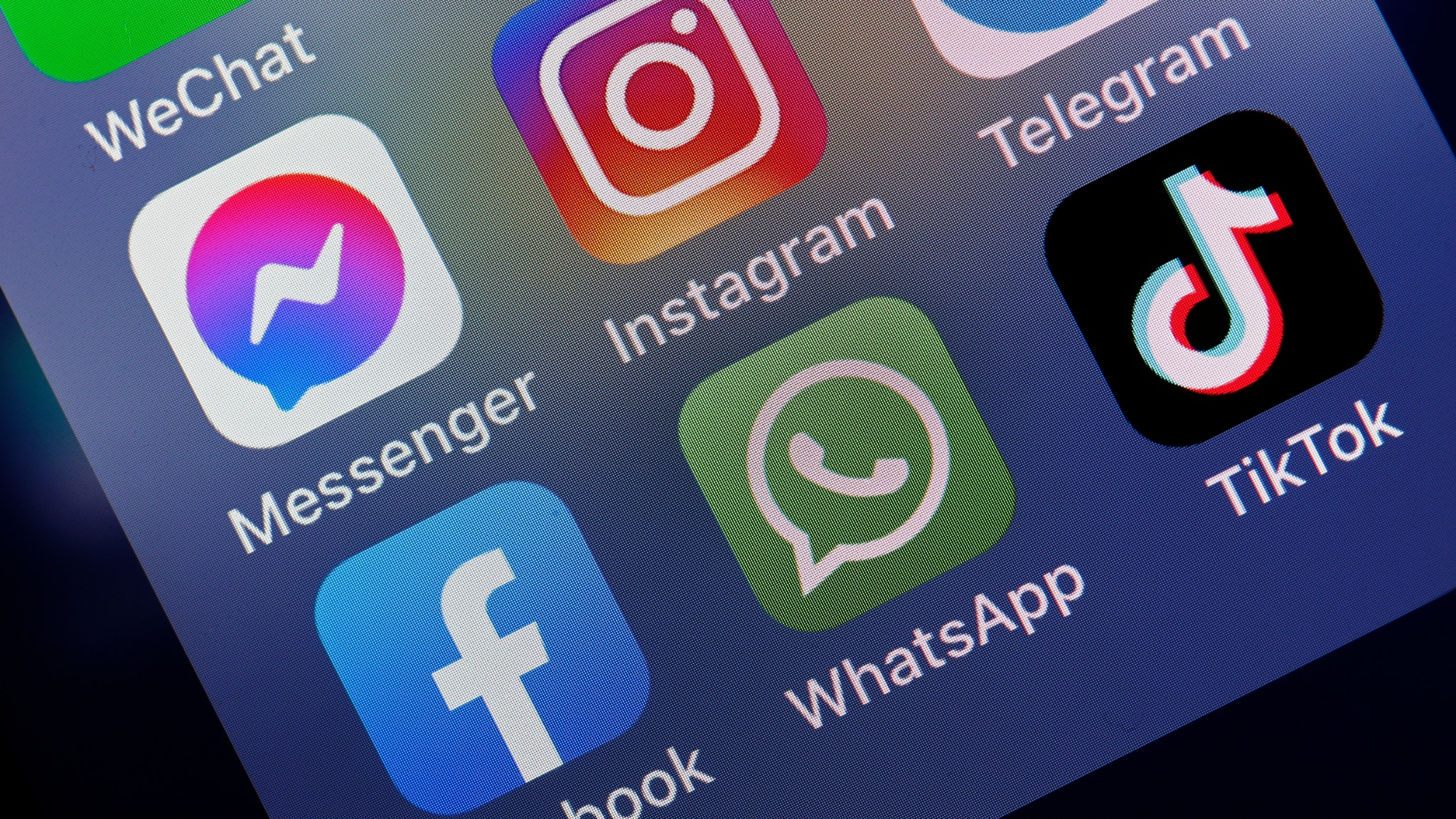A very
short
election campaign .
In summer.
A campaign marked by a question and answer from a distance.
Much progress has been made on the minute-by-minute story taken from agencies or from all-news television programs and information portals.
Great expectation and attention for the use of social networks.
Let's think about how much curiosity, positive and negative, “the descent into the field” on Silvio Berlusconi's Tik Tok has aroused!
But what was expected from social media?
A true information and / or disinformation tool?
And the fear of fake news what role it played.
Rainews.it
had an analysis on the subject from the
Center For Data Science and Complexity for Society of the Sapienza University
of Rome where Professor Quattrociocchi's team, composed of Matteo Cinelli, Gabriele Etta, Michele Avalle, Lorenzo Alvisi, Shayan Alipour and Anita Bonetti.
What the study says and where it started from.
The researchers considered a large set of keywords and downloaded the corresponding posts from four social platforms - Facebook, Instagram, Twitter and Youtube - starting August 25, 2022.
In total, 1,158,051 posts were collected and analyzed for 1,038,034 interactions.
Center For Data Science and Complexity for Society
Social chart 1
In a first
graph , the distribution of engagement, i.e.
reactions,
on the various platforms
was assessed .
The y axis reports the number of posts with a certain engagement value, reported on the x axis.
For example, in the case of Facebook, it is noted that some posts (few actually) related to the
debate
on the elections have reached the quota of 100 thousand likes (last blue dots at the bottom right).
This indicates the presence of some viral posts in the debate.
It is interesting to note the universality of this phenomenon that occurs on all social platforms in which the debate on the elections sees the presence of many poorly followed posts and a few extremely viral posts.
And on this the study points out that some Youtube videos have peaks of views that reach 1 million.
The first is the video on the elections of
Cartoni Morti
which, as of September 22nd, has reached 1.3 M views.
The second is a video of an influencer who uses artificial intelligence (AI) software to project
Silvio Berlusconi
on social networks in the future which, as of September 22nd, has reached 950,000 views.
The third is a video by an influencer who summarizes any problems with the government
Meloni
, which reached 700,000 views as of September 22nd.
Center For Data Science and Complexity for Society
Social Graph 2
The second
graph
shows the growth in the number of posts over time.
The y axis shows the number of posts while the x axis shows the time, although the figures are different, as
Facebook and Twitter
have larger volumes than Instagram and YouTube (in the case of YouTube, a post is a video, therefore the number is reduced. is physiological of the platform), the growth trend of volumes follows a constant pace without particular leaps, indicating the lack of "surges" in the information production process.
Center For Data Science and Complexity for Society
Social Chart 3
The third graph, on the other hand, shows the trend in post volumes regarding the elections over time divided by
political coalition
.
A post is assigned to a certain political coalition if it contains a hashtag relating to the breakfast itself, therefore the post should not be considered "ideologically" similar to the coalition as it relates to the coalition.
For example, a post on the Meloni / Letta debate will contain hashtags related to both and therefore will be counted both on the right and on the left.
What we see from the graph, where a lighter color indicates more posts, is that references to the
right
dominate the social debate.
Center For Data Science and Complexity for Society
Social Graph 4
The fourth graph measures the percentage of posts containing
reliable and unreliable
links (according to the classification of sources provided by
NewsGuard
which deals with digital security and which marks the news with a green or red icon depending on whether they are reliable or are fake) in the general debate.
The number of posts considered in this set is less than the total number of posts as the posts must:
a) contain a link (for example text with a link to a newspaper attached) b) this link must belong to the list of domains classified by NewsGuard.
The percentage of classified posts is around 15%.
The graph shows how the debate is mainly characterized by links to reliable sources with a diffusion of unreliable sources that is around
20%.
Center For Data Science and Complexity for Society
Social Chart 5
The last graph shows the percentage of posts containing links to untrustworthy sources containing
hashtags
attributable to different political coalitions.
There are no surprises.
The research therefore tells us that the spread of
fake news
does not "characterize" and "mark" this election campaign and highlights the fact that posts are often read out of "curiosity" as if they were a form of "entertainment" rather than information. .
However, the fact remains that in this election campaign the unreliable sources are around 20%.

